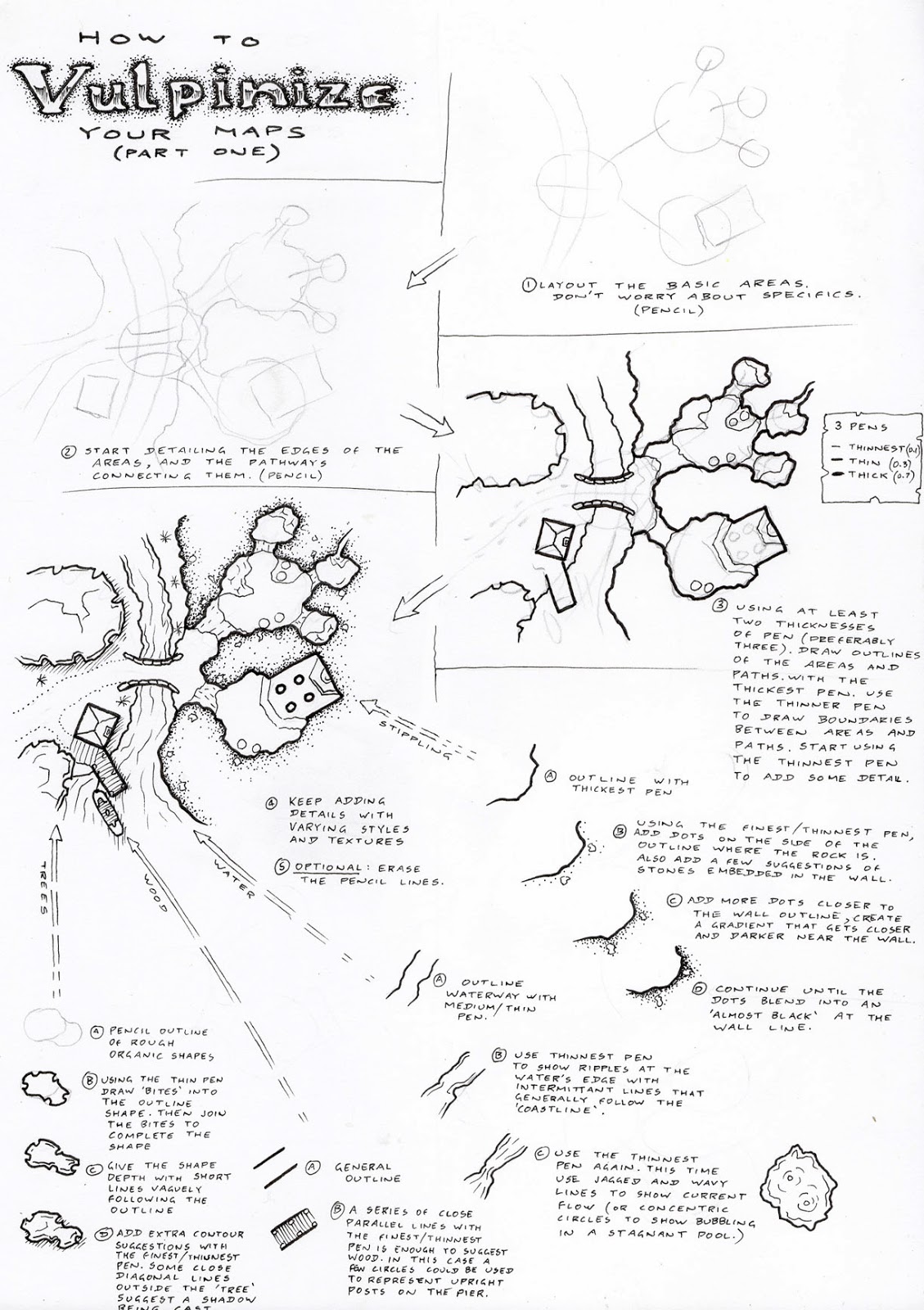Further on the Walkabout Items
Walkabout is a game about stories. It's about the things that make a story powerful, and how stories can be an influential positive or negative force in people's lives.
There's a few things that reinforce this kind of idea.
In the old novels of the Star Wars extended universe, there was an unwritten idea that I heard from a few different sources, but which I can't find now to reference. This idea said that the more words were written about a character, the more chance there is that the character will end up being force sensitive.
It's possible to go further back and look at "The One Ring" in The Hobbit and Lord of the Rings. In The Hobbit, the item is an interesting throwaway item...but as more is written about it, the ring gains massive significance.
Further back still is the idea of Baba Yaga in eastern European mythologies. This immortal witch appears in a few different stories, rather than just the one. As such she transcends the power level of a single story and becomes a richer part of folklore from the region.
The structure that I've set up for Walkabout items is kind of similar.
Characters gain agency in the setting and improve power by telling stories about them, so then it makes sense for the items to do the same.
The idea I'm working with is that characters can link an item to their story. We've got an Agency die, which is marked on a scale of one to five stars (*=d4, **=d6, ***=d8, ****=d10, *****=d12), so we could limit the number of important items linked to a character, much like a magic user in D&D needing to attune many if the powerful items in the game before they can use them.
It works from a story perspective, it works from a mechanical perspective.
Think about Thor's hammer, Mjolnir, in the Marvel multiverse... now try to think of any other items Thor IA known for having, are they named, do they have powers that are instantly associated with them? Mjolnir is a pivotal part of the story... other items, not so much.
Think about Furiosa's War-Rig in Mad Max Fury Road, it also plays a pivotal part in the story. However, Furious doesn't have much else in the way of identifiable named equipment...
(Don't think about Batman in this regard...he just has a massive range of toys and adds the prefix 'Bat-" to them, and suddenly they get better. But even then, the "Batmobile" has more story associated with it, and maybe "Batarangs" second).
Something to consider here is the fact that Walkabout is generally being powered by the SNAFU game engine.
- Egg Shen: See? That was nothing. But that's how it always begins. Very small.
One of the key elements of this design structure is that everything starts small, and gradually gets bigger and nastier as the momentum builds. Part of the application of this structure when applied to items is that any time a player or the GM/narrator introduces a concept it isn't very influential.the the narrative, but as it's referred to multiple times, it becomes more powerful. If the GM/narrator wants to introduce something big, they can still do this but it means they'll need to foreshadow the item a few times first. If it's big it'll have a reputation. Similarly, a character might have to earn a few successes to gain access to an item that has a bit of power, versatility, or resilience, compared to a basic item that might be picked up from a scrap pile. This might feel a bit unusual from the perspective of someone used to a D&D perspective where you just pay the money and get the magic item... but this is a game about stories first and foremost. It's designed to simulate fantastic tales in a post apocalyptic world rather than mundane medieval book-keeping.

.png)


Comments